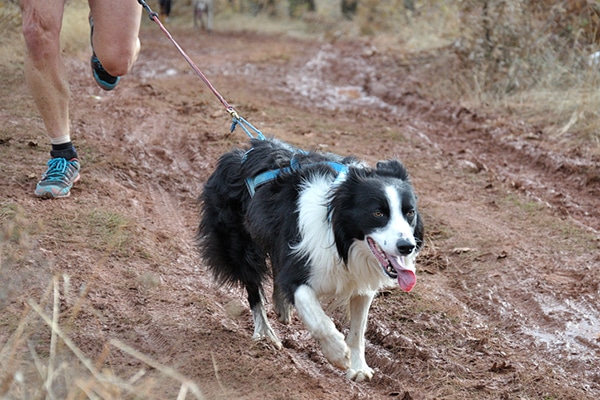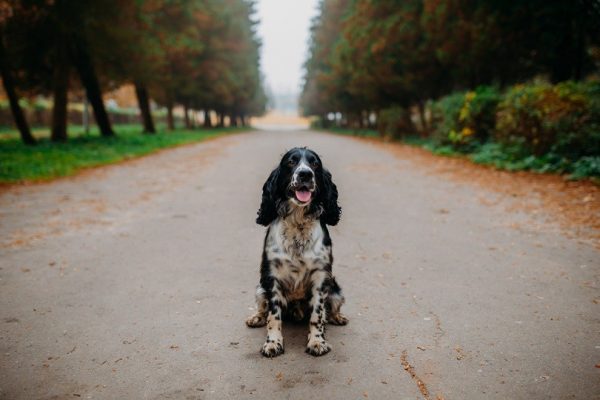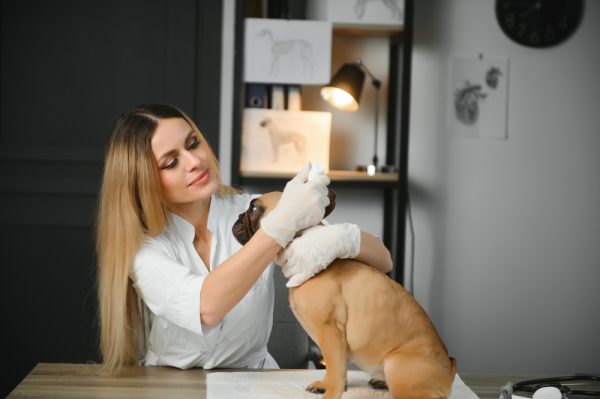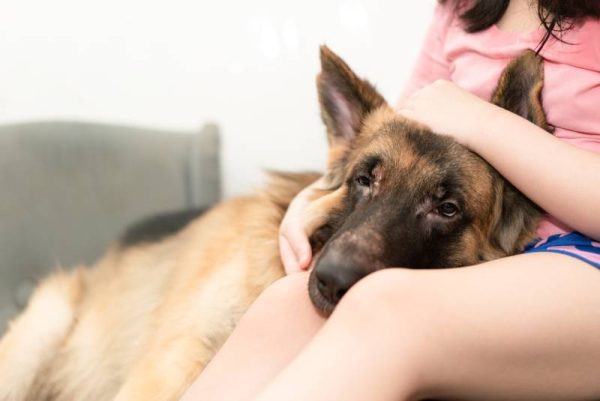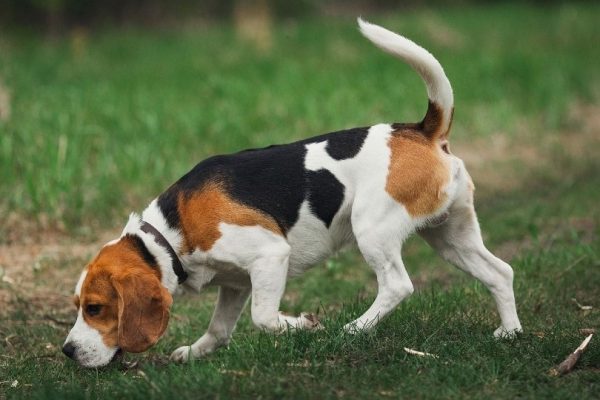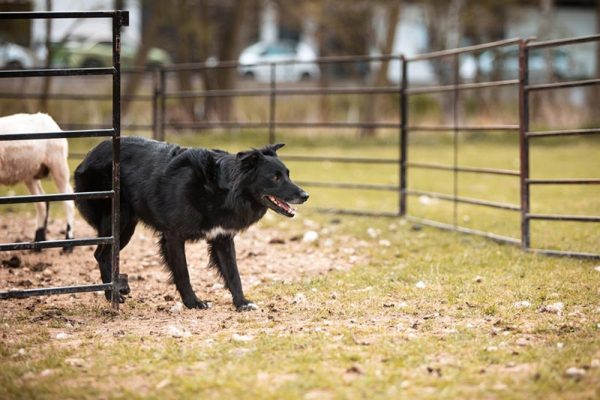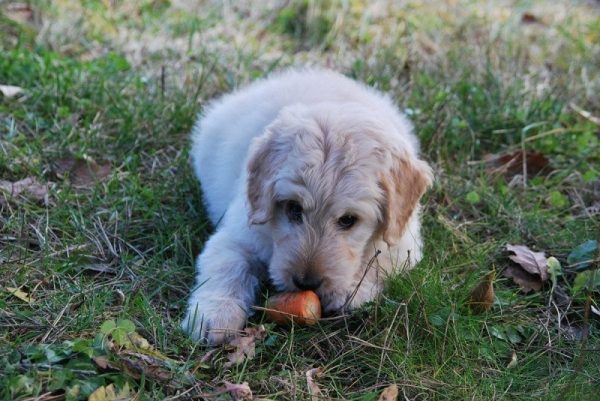How much exercise does a dog need every day? Between busy work schedules and family responsibilities, it can be hard to keep up with daily dog exercise needs. Let’s review dog activity suggestions based on your pup’s breed and age, and how to exercise your dog even if you’re short on time.

How to Fit in Dog Exercise — Even If You Have Time Constraints

Before we answer, “How much exercise does a dog need every day?” let’s look at ways to fit dog exercise into your jam-packed schedule. When life gets busy, it’s hard to squeeze in extra playtime for your pup. Fortunately, there are plenty of time-saving options available for busy pet parents:
- Investing in a dog walker is a great way to ensure that your pup gets the midday exercise he needs. About 20-30 minutes of walking around the neighborhood will keep him active and healthy.
- Dog toys such as squeaky toys and food puzzle toys are excellent sources of fun for dogs who love loud noises, mysteries and yummy surprises.
- Doggie daycare is a great option for dogs who love to socialize and enjoy playtime outside of the house.
How Much Exercise Does a Dog Need Every Day — Based on Age?
How much exercise does a dog need every day, based on his age? From puppyhood to adulthood, dog exercise and activity levels change over time with age.
Puppy
As puppies grow into their bodies and their bladders, it’s vital for them to get enough outdoor playtime and potty time.
According to the U.K. Kennel Club, “A good rule of thumb is a ratio of five minutes of exercise per month of age (up to twice a day) until the puppy is full grown, i.e. 15 minutes (up to twice a day) when three months old, 20 minutes when four months old etc. Once they are fully grown, they can go out for much longer.”
Swimming, short games of fetch with small exercise balls and short walks are all great forms of puppy exercise!
Adult
Adult dogs generally don’t require as much attention as puppies, but most still require at least 30 minutes to 2 hours of exercise daily. Hiking, relay-race games and play dates with doggy friends are exciting, fulfilling activities that will leave you and your pup snoozing on the couch by the end of the day!
Senior
As we age, we often aren’t able to maintain the pace we once enjoyed. The same is true with our furry friends as they get older. While walks should still be an important part of a senior dog’s life, these walks should shorten in length and be taken at a slower pace.
Swimming is a great exercise alternative for senior dogs, as well. Taking your dog for a swim in the pool or a lake (while wearing a flotation device!) allows him to stay active without putting further stress on his joints.
Get more tips on exercising your senior dog with Whole Dog Journal >>
How Much Exercise Does a Dog Need Every Day Based on Breed?
Dr. Susan Nelson, a Kansas State University veterinarian and assistant professor of clinical sciences, tells Science Daily, “A blanket recommendation for exercise time amounts can’t be given as exercise needs vary vastly between individuals, and factors such as age, breed, weather and general health all influence the amounts of exercise your dog needs.”
Just as every person is different, every dog breed is also unique and special in its own way. Research your dog’s breed (or breeds for mixed-breed dogs!) to get more information on how much exercise he might need.
- Smaller Breeds: Smaller breeds, such as Chihuahuas, Poodles and Yorkshire Terriers, tend to be less active.
- Giant Breeds: Despite their size and strength, giant dog breeds such as Great Danes, Mastiffs and Newfoundlands are known to be less energetic, as well.
- Flat-nosed Breeds: Flat-nosed or brachycephalic breeds, which include Bulldogs, Pugs and Shih Tzus, are brachycephalic dogs. This means they suffer from breathing and respiratory issues that cause them to slow down and live a more sedentary lifestyle.
- Active Breeds: Active breeds, on the other hand, thrive under plenty of exercise and action. This includes Terriers, Retrievers, Scent Hounds and Shepherds. Typically, these breeds should be getting roughly 60-90 minutes of daily exercise to maintain their health.

Spaces and Places for Fitting in Dog Exercise
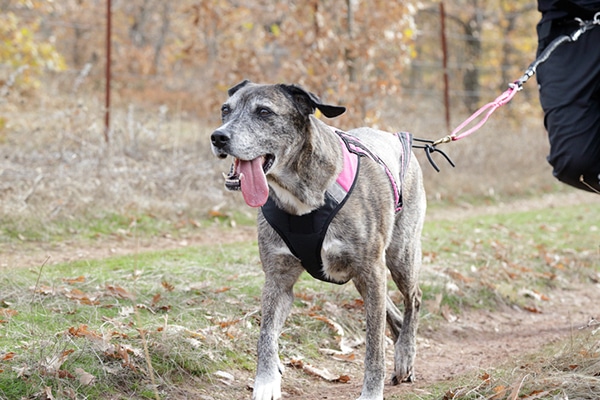
So, the answer to the question, “How much exercise does a dog need every day?” varies based on a few different factors. But, as the saying goes, “An active dog is a good dog.” No matter the size, breed, or age of your pup, keeping him busy and energized will help him live a long, happy life! Even if you’re an apartment-dweller who is cramped for space, there are plenty of fun, exciting options for you and your best friend.
- Make walk time less monotonous by taking your pup to the local park, dog park, beach, or national forest. These special outings will give him the opportunity to explore new surroundings and enjoy lots of exercise.
- Dog parks are another perfect, cheap option for dogs who enjoy the outdoors and plenty of playmates.
- Outdoor adventures are a great time to start a new routine! If the area is safely enclosed and dogs are permitted off-leash, allow your furry friend the chance to sniff around and chart new territory.
We all want our pups to thrive and live life to the fullest. Even during the busiest of times, you can provide your dog with the exercise and activity they need by hiring outside help or supplying him with toys and treats during the workday.
When you do have free time, treat your pup to a walk in the park or a playdate with his doggy friends. It takes only the smallest token of affection to receive a lifetime of love from your best friend!
Tell us: How do you fit in dog exercise? How much exercise does your dog need a day?
Read more about dog exercise on Dogster.com:
